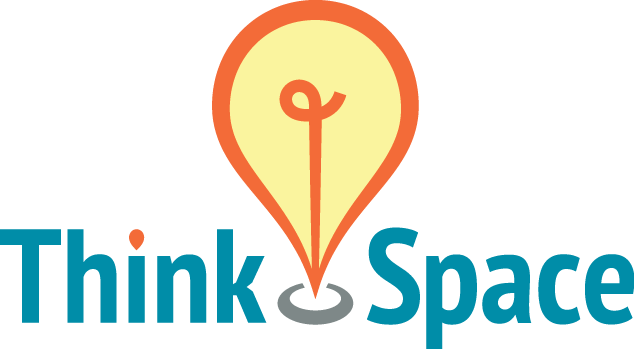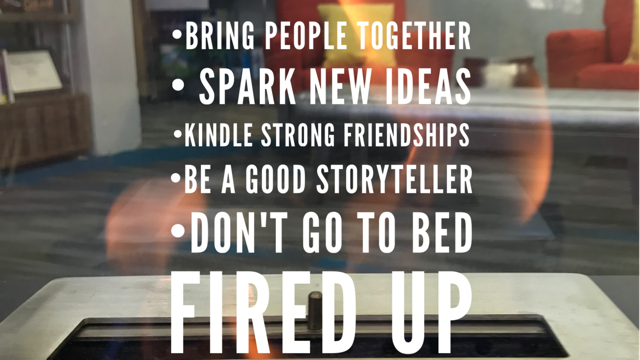The time is upon us to wave goodbye to cookie cutter office decor and stale bullet point presentations. As technology advances, the way we meet and interact is constantly transforming. Society is beginning to gain a better understanding of how to communicate for optimum retention and productivity. We as a humanity live and learn off of storytelling, just as our ancestors and those before them. But why? What is it that makes story telling so effective in learning?
Campfires for more than just fire
Stories show something that bullet points can not, insight. Stories allow you to connect with content. Connecting with content allows for a higher retention of the information being received. In his Inc. article, Jeff Bezos Banned PowerPoint in Meetings, Carmine Gallo (Follow him on twitter @carminegallo) discusses the realtions between development and stories. He talks about when humans gained control of fire, it marked a major milestone in human development. We were now not only able to cook, but to advance. People sat around campfires telling stories, and these stories when exchanged taught instruction, warning, and inspiration.
– Advice From A Campfire –
Bullets don’t inspire. Stories do
Not only does story telling help to make content relatable, but stories can do the work for us. Through telling stories, you receive situational outcomes. This allows us to learn without having to first hand engage with trial and error. Allowing others to make the mistakes for us, we can build upon the work that has already been done. This makes for creating more effiencent processes in the work place.
Gallo, in his article also touches on “appeals”. They are: ethos, logos, and pathos. Ethos is character and credibility. Logos is logic–an argument must appeal to reason. But ethos and logos are irrelevant in the absence of pathos—emotion. Neuroscientists have found emotion is the fastest path to the brain. People don’t relate with words or bullets, they relate with stories.
Learning through storytelling
The work that we do is all a product of humanity. No matter if you are working with numbers, dogs, or bylaws- you are human and you learn through storytelling. Removing humanity pays no favors to presenters and educators. Engage and relate with your employees, peers, and experts in your field. Learn from their experiences and use your own experiences to teach others. More efficient, relatable, and tangible content makes for a happier and more productive work environment.
Isabel Maier
Creative Meetings Architect
Think Space, LLC


